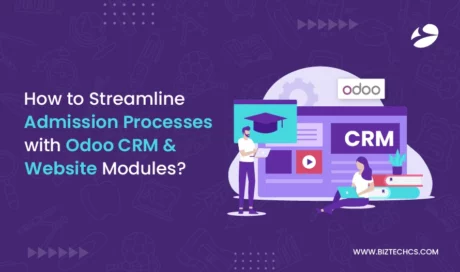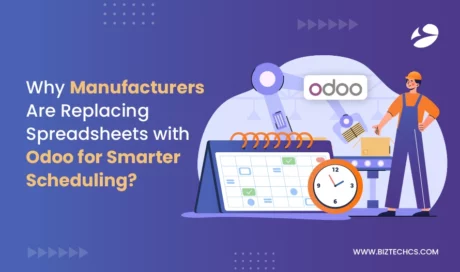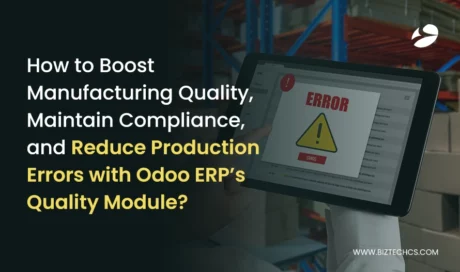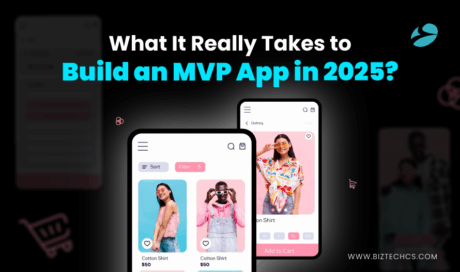Blogs
-

Odoo
339
Why the Healthcare Industry Needs Odoo ERP to Solve Real-World Operational Challenges?

By Devik Gondaliya
25 Jun, 2025
-

Odoo
967
How to Streamline Admission Processes with Odoo CRM & Website Modules?

By Devik Gondaliya
12 Jun, 2025
-

Odoo
927
Why Manufacturers Are Replacing Spreadsheets with Odoo for Smarter Scheduling?

By Devik Gondaliya
11 Jun, 2025
-

Artificial Intelligence (AI)
1202
How Generative AI in Education Is Driving a Shift Toward Smarter Classrooms?

By Devik Gondaliya
10 Jun, 2025
-

Odoo
1136
How to Streamline Inventory Management, Minimize Stockouts, and Optimize Warehousing Operations Using Odoo ERP?

By Devik Gondaliya
09 Jun, 2025
-

Odoo
1338
How to Boost Manufacturing Quality, Maintain Compliance, and Reduce Production Errors with Odoo ERP’s Quality Module?

By Devik Gondaliya
06 Jun, 2025
-

Odoo
1310
Why Odoo ERP Is the Answer to the Top Challenges in Manufacturing Operations?

By Devik Gondaliya
04 Jun, 2025
-

MVP
1529
What It Really Takes to Build an MVP App in 2025?

By Devik Gondaliya
02 Jun, 2025
-

Artificial Intelligence (AI)
1801
How AI is Turning Manufacturing Operations Into Agile, Data-Driven Ecosystems?

By Devik Gondaliya
26 May, 2025